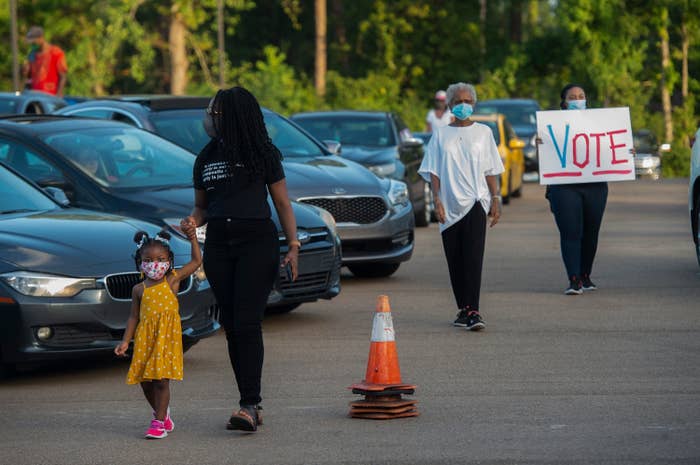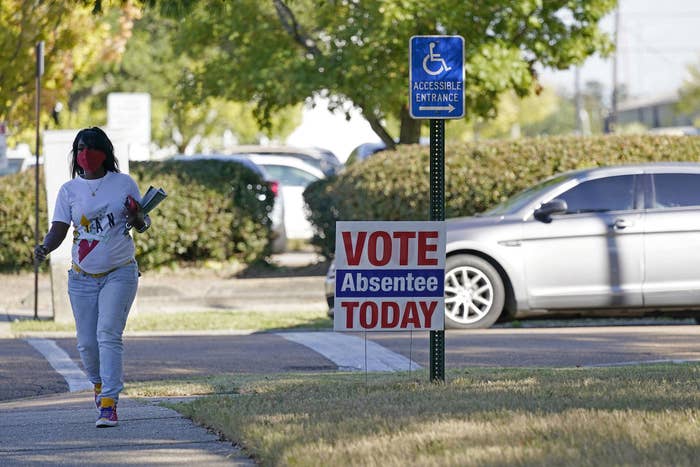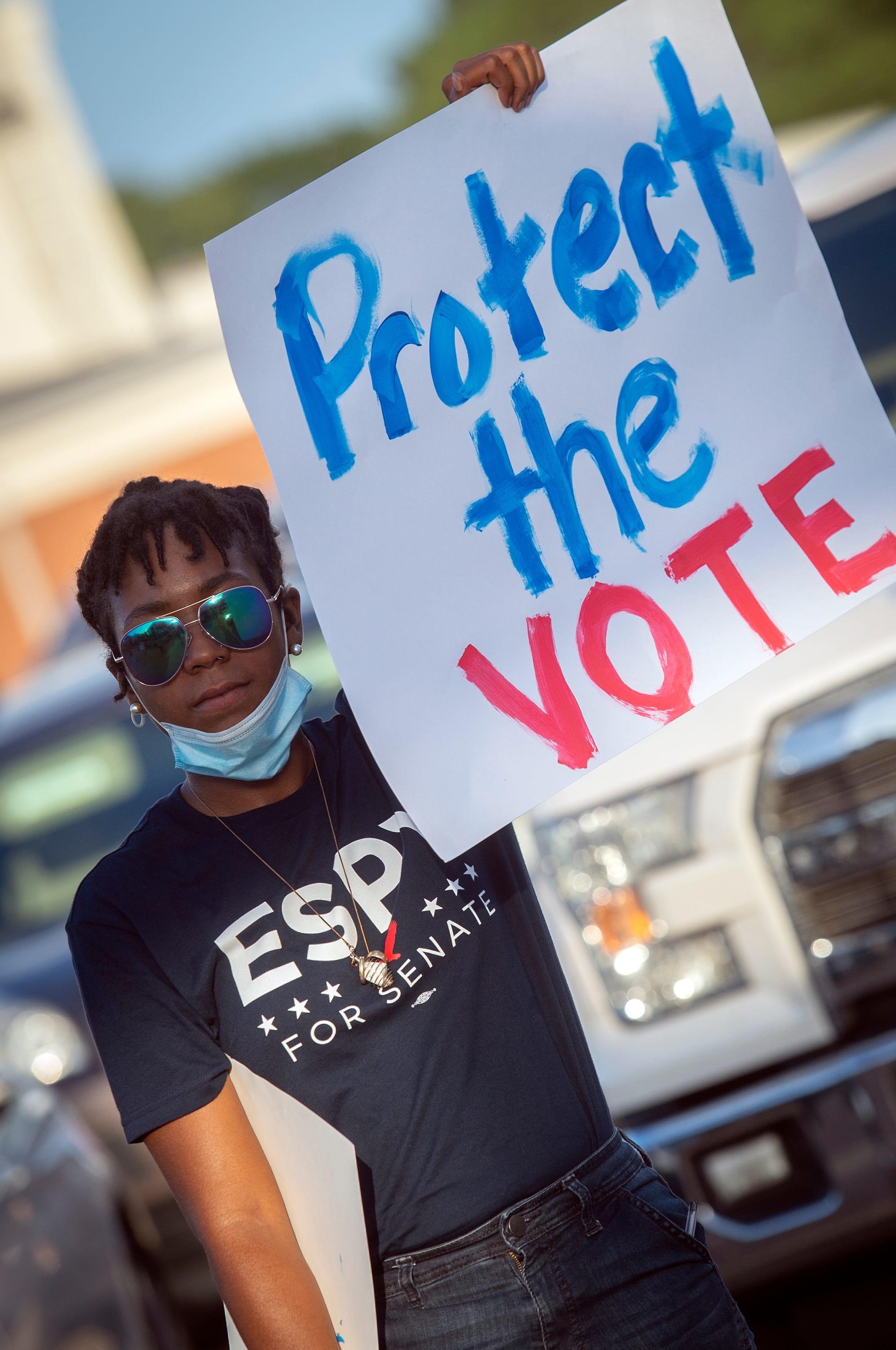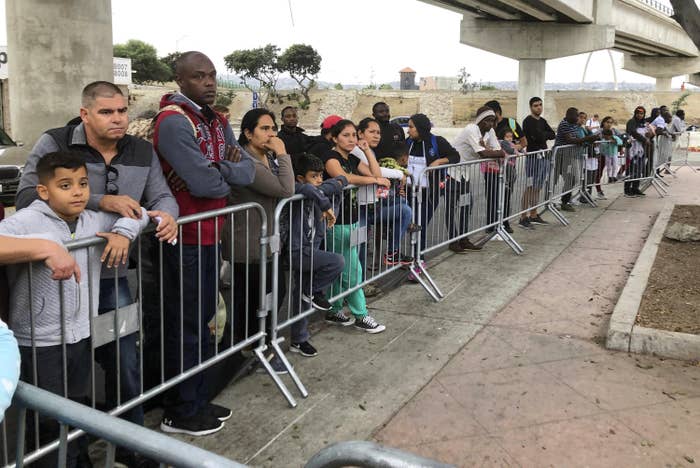November 2, 2020 Stephen Clark

Scientists say the touch and go landing by NASA’s OSIRIS-REx spacecraft on an asteroid last month revealed fresh insights into the structure of loose rocks that may cover the surfaces of many small planetary bodies — material that is more akin to a playground ball pit than solid bedrock.
The structure of the asteroid’s outermost layer is evident in imagery captured by the OSIRIS-REx spacecraft as it swooped down to the airless world more than 200 million miles (330 million kilometers) from Earth on Oct. 20.
The next day, NASA released imagery from a narrow-angle camera aimed at the spacecraft’s 11-foot-long (3.4-meter) robotic arm. A dinner plate-sized sample collection device at the end of the arm fired a bottle of compressed nitrogen gas as the spacecraft contacted the surface of asteroid Bennu, a small planetary body measuring about one-third of a mile in diameter.
The discharge of nitrogen gas helped force asteroid specimens into the collection chamber. After six seconds on the asteroid’s surface, OSIRIS-REx fired thrusters to back away from Bennu.
Scientists later received close-up images of the sample collection head, showing it crammed with material scooped up from the asteroid’s surface. Some asteroid particles were visible escaping from the collection chamber, prompting managers to command the spacecraft to stow the sample head inside its Earth return capsule sooner than expected, minimizing the loss of specimens.
The sampling device was sealed inside the OSIRIS-REx spacecraft’s return capsule Oct. 28.
Late last week, officials released another series of images taken during the spacecraft’s touch and go landing. These were captured by a wide-angle navigation camera on OSIRIS-REx.
According to the OSIRIS-REx science team, the navigation camera — or NavCam — images were captured over a period of approximately three hours. The sequence begins around an hour after OSIRIS-REx performed an orbit departure maneuver to begin its descent, and ends about two minutes after the spacecraft’s back-away burn, officials said.
A slew, or rotation, maneuver is visible in the middle of the image sequence as OSIRIS-REx points its sampling arm toward target sampling site on asteroid Bennu, a region named “Nightingale.”
“As the spacecraft nears site Nightingale, the sampling arm’s shadow comes into view in the lower part of the frame. Shortly after, the sampling head impacts site Nightingale (just outside the camera’s field of view to the upper right) and fires a nitrogen gas bottle, which mobilizes a substantial amount of the sample site’s material,” the OSIRIS-REx team wrote in a description of the NavCam imagery.
“Several seconds later, the spacecraft performs a back-away burn and the sampling arm’s shadow is visible against the disturbed surface material. The team continues to investigate what caused the extremely dark areas visible in the upper and middle parts of the frame,” the team wrote. “The upper area could be the edge of the depression created by the sampling arm, a strong shadow cast by material lofted from the surface, or some combination of the two.
“Similarly, the middle dark region that first appears in the lower left of the image could be a depression caused by one of the spacecraft thrusters as it fired, a shadow caused by lofted material, or a combination of both.”
The Lockheed Martin-built OSIRIS-REx spacecraft relied on the black-and-white navigation camera images to autonomously guide itself to a safe touchdown zone on Bennu. Navigation algorithms compared the camera’s images to a map pre-loaded into the spacecraft’s computer, helping OSIRIS-REx determine its location relative to the asteroid.
With its sample secured in the return capsule, OSIRIS-REx is set to depart the vicinity of asteroid Bennu next year to begin the trip back to Earth. The spacecraft will release the return capsule for re-entry into Earth’s atmosphere and landing at the Utah Test and Training Range on Sept. 24, 2023.

NASA’s $1 billion Origins, Spectral Interpretation, Resource Identification, Security, Regolith Explorer mission launched Sept. 8, 2016, from Cape Canaveral aboard a United Launch Alliance Atlas 5 rocket. OSIRIS-REx’s primary goal is to return asteroid samples to Earth for detailed analysis by scientists, who hope to uncover clues about the origins of the solar system.
The mission requirement was for OSIRIS-REx to gather at least 60 grams, or 2.1 ounces, of asteroid material. Scientists said before the Oct. 20 touch and go landing that the spacecraft could collect much more, and evidence suggests it likely snared more than 2.2 pounds, or 1 kilogram, of asteroid specimens, according to Dante Lauretta, the mission’s principal investigator from the University of Arizona.
Data from the brief touchdown on the asteroid indicated the spacecraft’s robotic arm sunk up to 19 inches (48 centimeters) into the Bennu’s soft surface.
While the mission’s scientific payoff will wait until the asteroid samples return to Earth, Lauretta said Thursday that scientists are already learning about the physical characteristics of Bennu.
The spacecraft detected small particles flying off Bennu soon after it arrived at the asteroid in December 2018. Those particles appear similar to the flaky material that leaked out of the TAGSAM head.
“It looks like a box of cornflakes out in space,” Lauretta said. “And they’re fluttering around kind of in random motion. They are coming from the TAGSAM head for the most part, but they are colliding with each other. They’re spinning and tumbling. We can resolve many of them.
“So it’s a great imaging calibration data set to better understand the particle ejection events, and the particles trajectories that we observed throughout the entire encounter with the asteroid,” Lauretta said. “Wven though my heart breaks for the loss of sample, it turned out to be a pretty cool science experiment.”
OSIRIS-REx’s contact with the asteroid surface Oct. 20 also provided a rich dataset, suggesting the outer layer of the asteroid’s soil and low-density rocks lacked much cohesion. The spacecraft’s robotic arm touched the asteroid as OSIRIS-REx approached at just 0.2 mph, or 10 centiemters per second, about a tenth the speed of a typical walking pace.
“When the TAGSAM head made contact with the regolith, it just flowed away like a fluid,” Lauretta said. “And I think that’s what would happen to an astronaut if she were to attempt to walk on the surface of the asteroid. She would sink to her knees or deeper — depending on how loose the soil was — until you hit a larger boulder or some kind of bedrock.”
He said the “ground truth” data gathered by OSIRIS-REx will help scientists reexamine models of asteroid geology.
“It’s fascinating that there was so little resistance to the spacecraft from the asteroid surface,” Lauretta said. “Basically, it’s kind of like a ball pit at a kid’s playground. You kind of jump into it and you just sink in.
“Luckily, we had those back-away thrusters to reverse the direction of motion, or we might have just flown all the way through the asteroid,” Lauretta joked.
The fresh measurements of asteroid density from OSIRIS-REx will help scientists refine assessments of the impact risk Bennu might pose to Earth. Scientists have calculated a 1-in-2,700 probability that Bennu might strike Earth in the late 2100s.
Much of the asteroid might burn up in Earth’s atmosphere due to its porosity.
“Thermal analysis indicates that a lot of the material on the surface of Bennu — particularly the large black hummocky boulders which are a major component of the surface — they seem to have material properties that would not survive passage through the atmosphere intact,” Lauretta said. “They would fragment, and much of the material will be lost.”
That means the pristine specimens collected from Bennu are unlike any meteorites or asteroid fragments that have fallen to Earth and reached the surface intact.
Email the author.
Follow Stephen Clark on Twitter: @StephenClark1.










